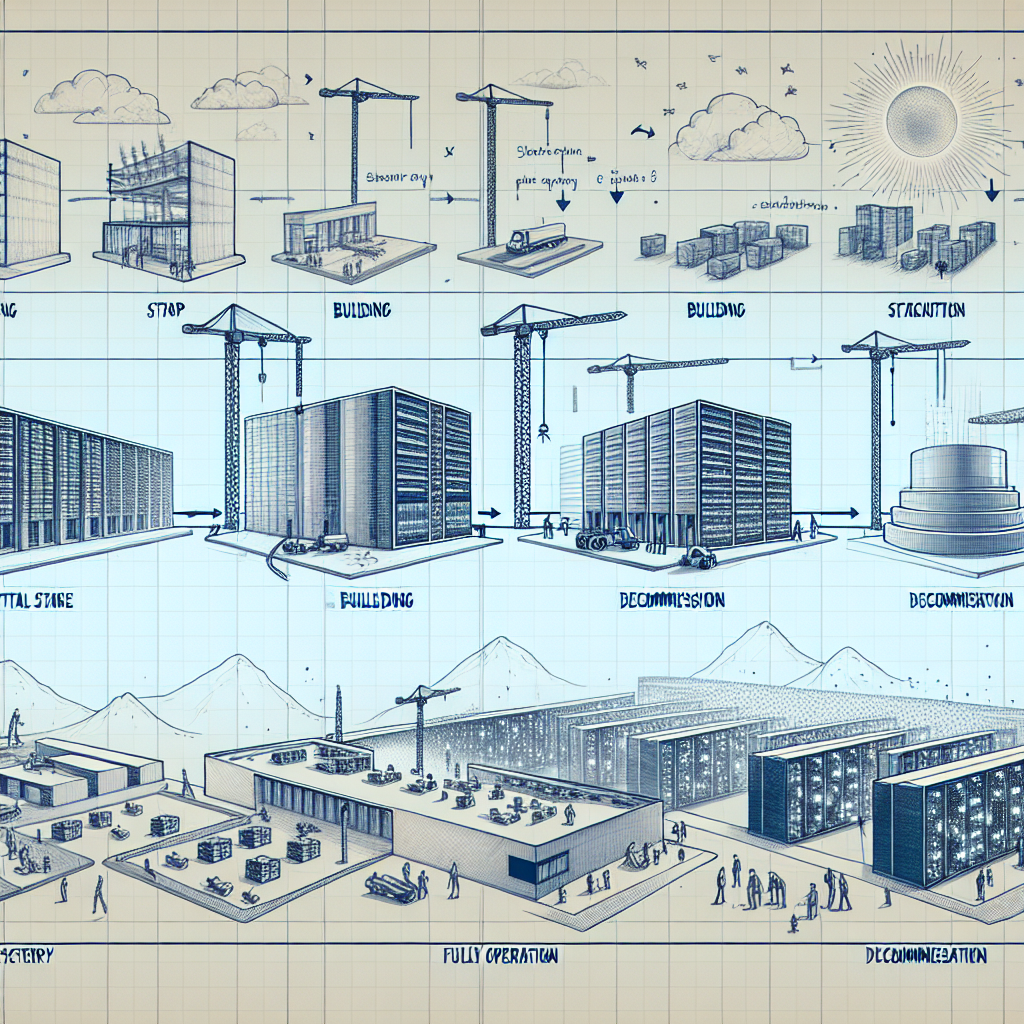Data centers are the backbone of the modern digital world, serving as the hub for storing, processing, and distributing data for organizations of all sizes. From the initial planning stages to the eventual decommissioning, a data center goes through a lifecycle that involves careful planning, design, construction, maintenance, and eventual retirement.
The first stage of the data center lifecycle is the planning phase. During this stage, organizations assess their current and future data processing needs and determine the size, location, and capacity requirements for their data center. Factors such as power and cooling requirements, connectivity options, security measures, and compliance regulations are all taken into consideration during the planning phase.
Once the planning phase is complete, the design and construction of the data center can begin. This stage involves working with architects, engineers, and contractors to design and build a facility that meets the organization’s specific requirements. Factors such as layout, power distribution, cooling systems, security measures, and scalability are all carefully considered during the design and construction phase to ensure the data center can meet the organization’s needs now and in the future.
After the data center is built and operational, it enters the maintenance phase of its lifecycle. This stage involves regular monitoring, maintenance, and upgrades to ensure the data center continues to operate efficiently and effectively. Regular inspections, testing, and maintenance of power and cooling systems, as well as security measures, are all essential to keeping the data center running smoothly.
As technology continues to evolve, organizations may find that their data center needs have changed, leading to the final stage of the data center lifecycle: decommissioning. This stage involves the careful planning and execution of shutting down and removing the data center facility. Data must be securely erased or transferred to a new facility, equipment must be decommissioned or recycled, and the facility must be properly cleaned and restored to its original state.
In conclusion, understanding the data center lifecycle is essential for organizations to effectively plan, build, and maintain their data center facilities. By carefully considering each stage of the lifecycle – from planning and design to maintenance and decommissioning – organizations can ensure their data center meets their current and future needs while minimizing risks and maximizing efficiency.


Leave a Reply